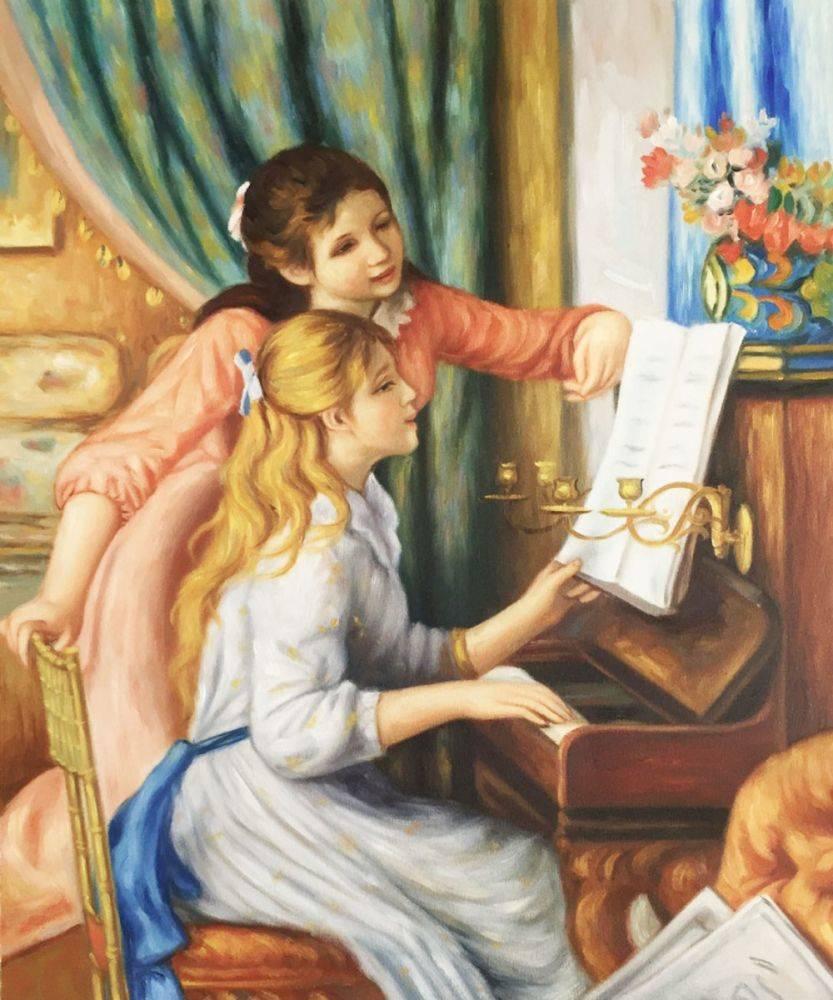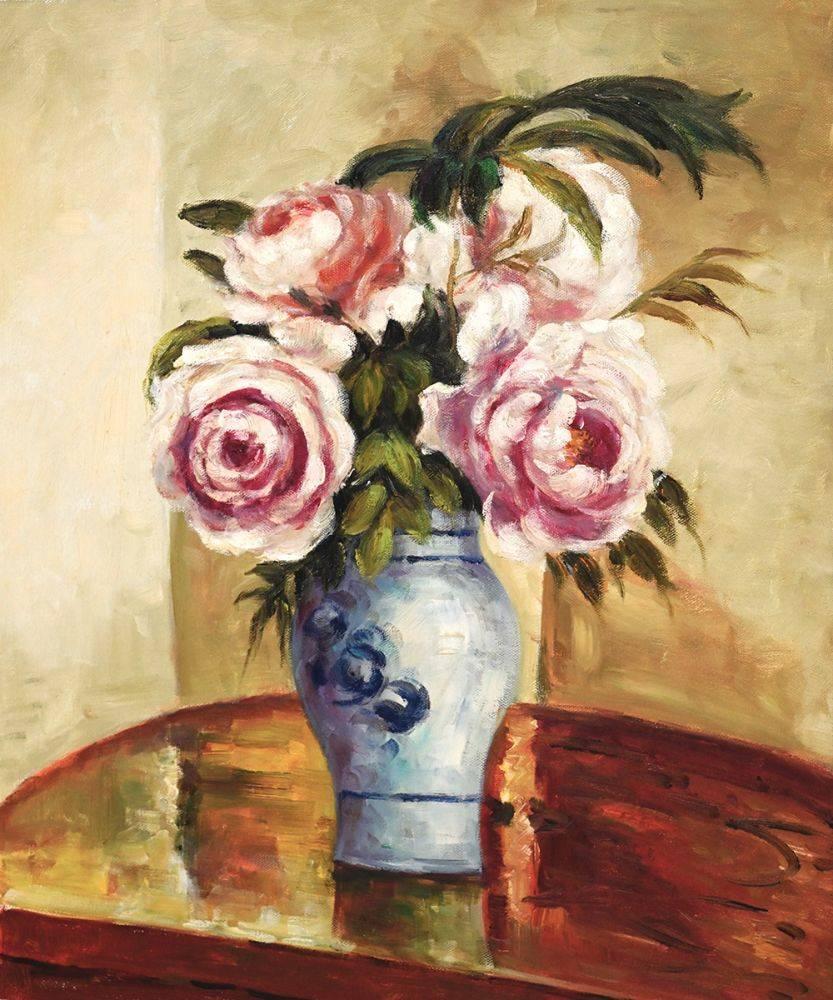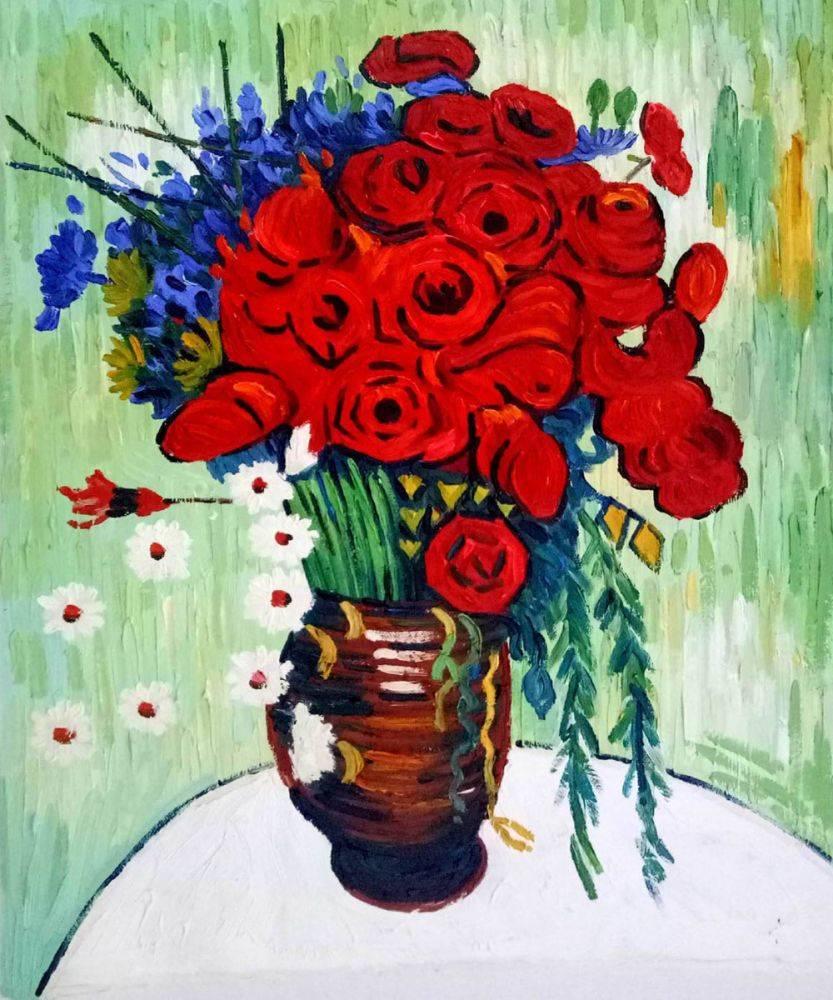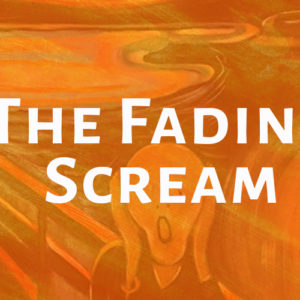Art
Art Forgeries Are More Than Just Big Business
The attempted sale of a fake Van Gogh last week brought the subject of art theft and forgery back into the public spotlight, again. A 56-year-old man was arrested by Dutch police for attempting to sell a forgery of “The Harvest.” What was the asking price? The suspect wanted 15 million euros (the equivalent of $17 million) for the forgery. He reportedly also had falsified documents from the Van Gogh Museum that attested to the artwork’s authenticity.
Not one, but several potential buyers showed interest in purchasing the work. This wasn’t exactly the first time that a famously high-priced artwork was forged and sold (or attempted to be sold). Criminal activity in the art world is a big business (second only to drugs and guns); and the fact that the industry is the largest unregulated lawful enterprise in the world further helps to encourage forgeries. That said, not all art forgers are in it for the money. Even though there are clearly huge profits to be made (and equally as stiff penalties for forgers who are caught), some of these art criminals create fakes for other reasons.
In July a Portland man, Larry Ulvi, plead guilty to an art forgery scam, claiming that he was just having fun. The 74-year-old man was arrested after Portland police found 160 forgeries (including paintings and drawings) in his permanent. The forgeries were primarily of works by the abstract painter Mark Tobey. Along with the paintings and drawings, authorities also found practice papers that Ulvi had used to forge artist Kenneth Callahan’s signature. A California gallery owner bought three paintings from Ulvi in 2013 for a total of $9,000. While this is much less than what a Tobey would typically bring in, the owner didn’t suspect anything until Ulvi shorted him several paintings on a subsequent deal.
Along with money and enjoyment, some forgers actually start out trying to be legitimate artists. The Dutch artist Han van Meegeren didn’t intend on being a forger when he started his career in the arts. Wanting to be a well-known artist, van Meegeren began painting replicas of Johannes Vermeer’s works. The paintings looked real enough to fool unsuspected buyers. The forger eventually sold six fake Vermeer’s for $60 million.
Whether it’s for the money, the fun of forging or a misguided attempt to become a notable artist, recreating the greats is such a common crime that it is believed that half of all art in circulation could be fake. These aren’t always back door deals, Internet sales or purchases made by those who are ill-informed about the art world. Forger John Myatt sold roughly 200 forgeries at some of the most well-regarded auction houses – including Christie’s, Sotheby’s and Philips!
On the other end of the spectrum are paintings that are such obvious fakes or are so badly restored that it is comical. In 2012 an elderly Spanish artist who took it upon herself to to restore a faded 1930 oil painting of Jesus belonging to her church, did such a terrible job her shoddy work went viral (and a comical opera is in production about her story). And then we have forgery upon forgery scenarios where originals belonging to a museum or library, for instance, are switched out and replaced with a fake. And some of these fakes are so bad that other foragers see the situation as an opportunity to replace what they believe to be the remaining originals. What happened in China recently took the situation one step further: A Chinese head librarian found that the originals he admits he switched out with fakes were in turn switched out and replaced.
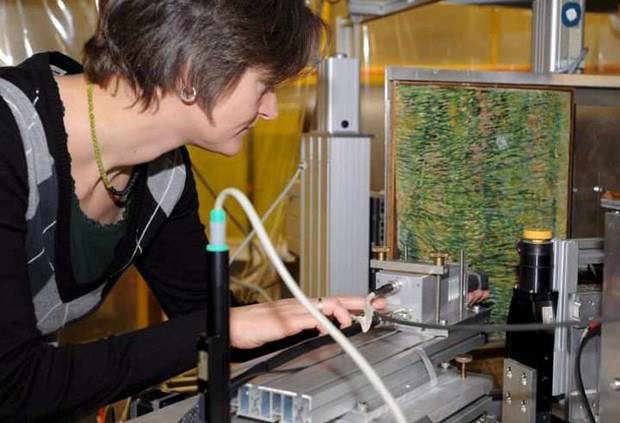
Experts predict that the technology used to detect forgeries will soon be used to produce fakes that are impossible to detect.
Unfortunately, the future of fake art detection doesn’t look very promising. It is predicted computers that are currently used to detect fakes,will one day be used as a tool to do undo their original purpose: fool these same detection computers and produce paintings that are just about impossible to detect.


